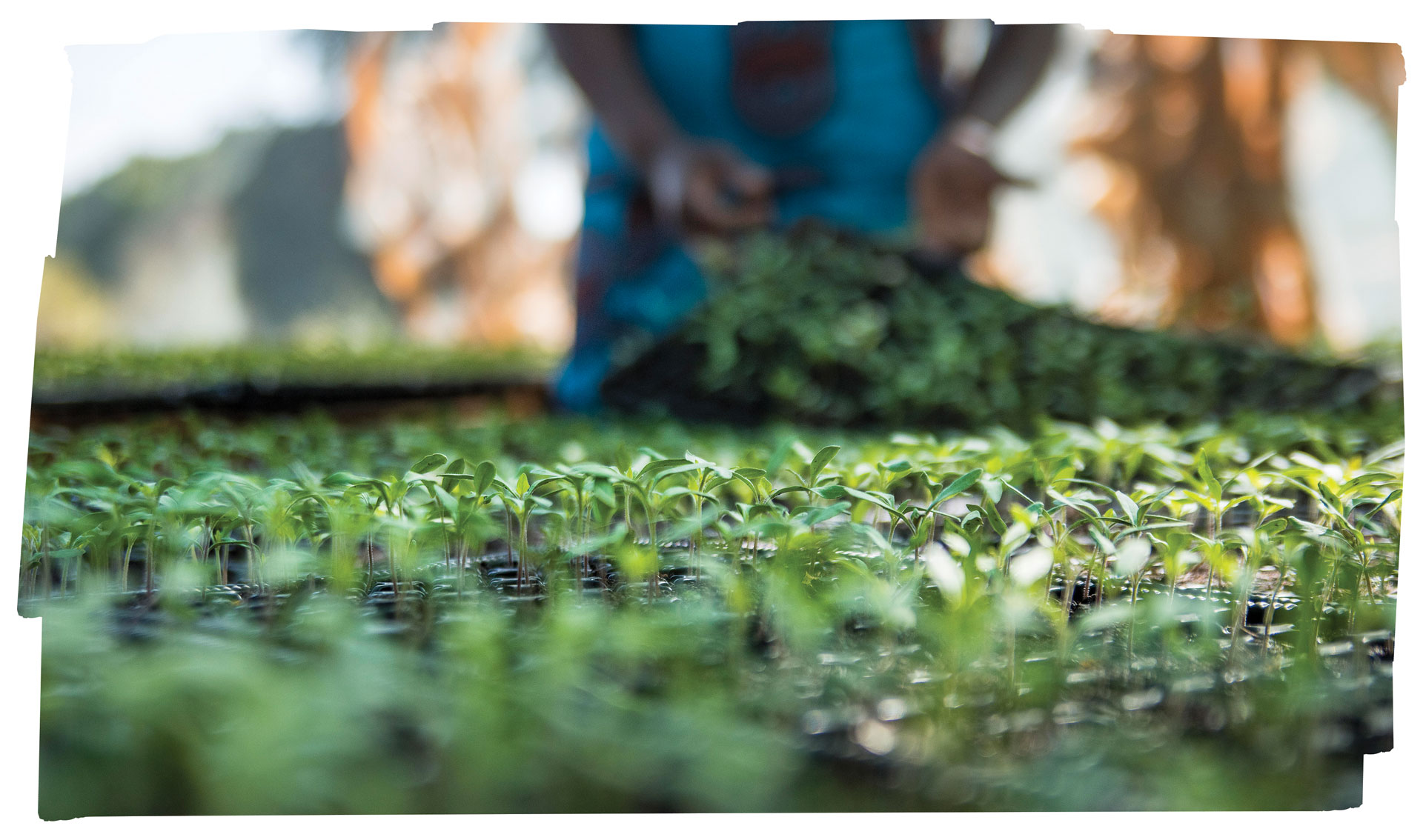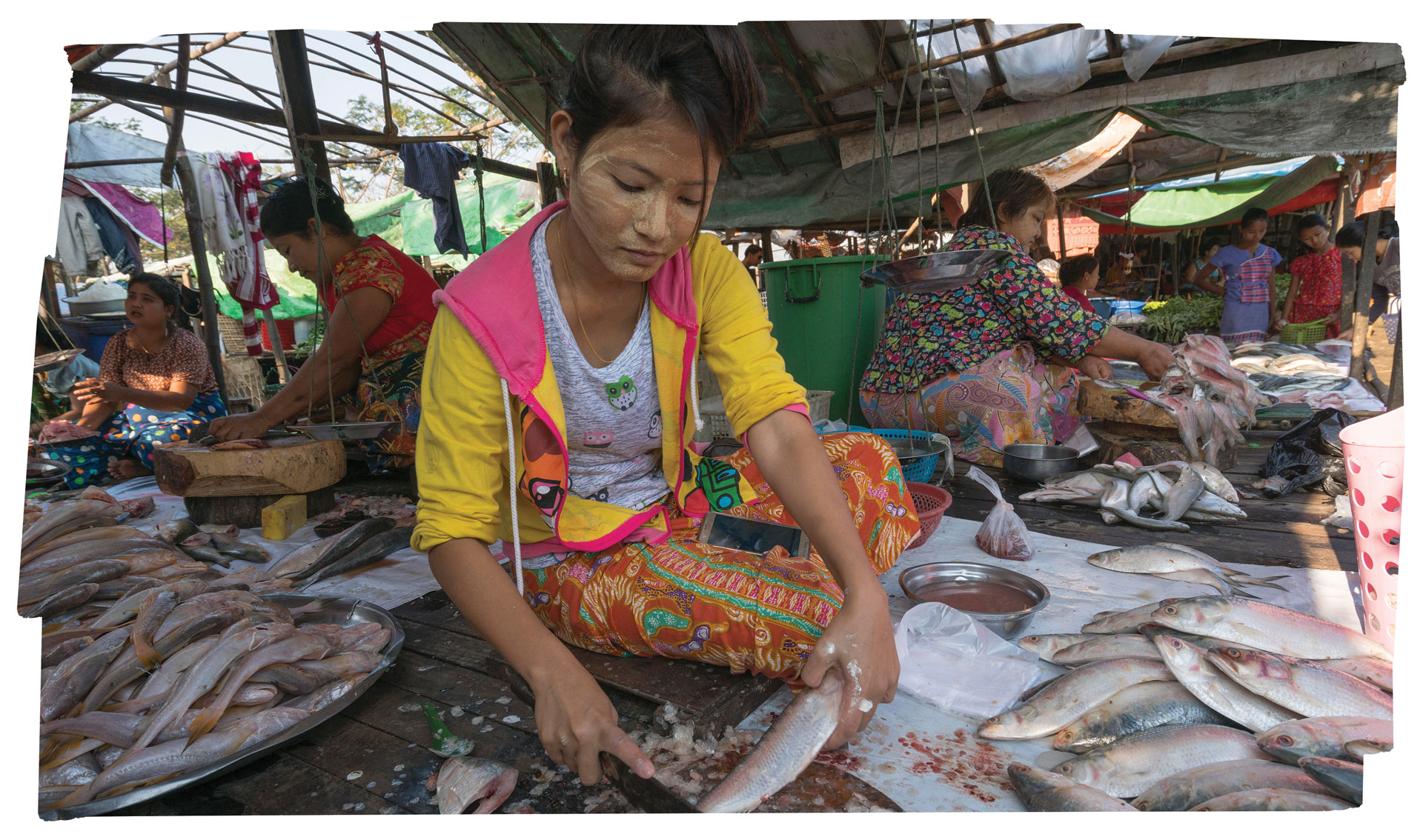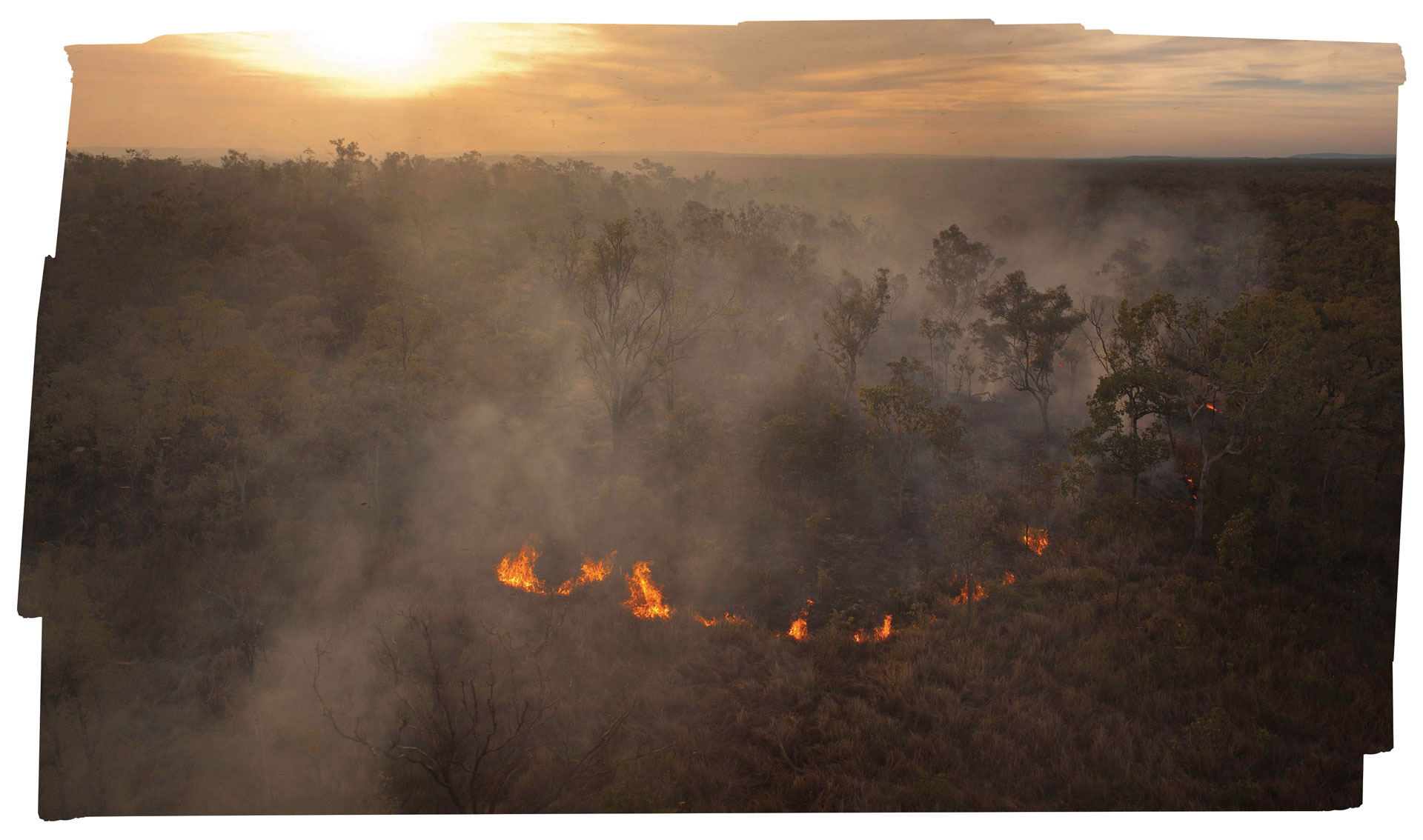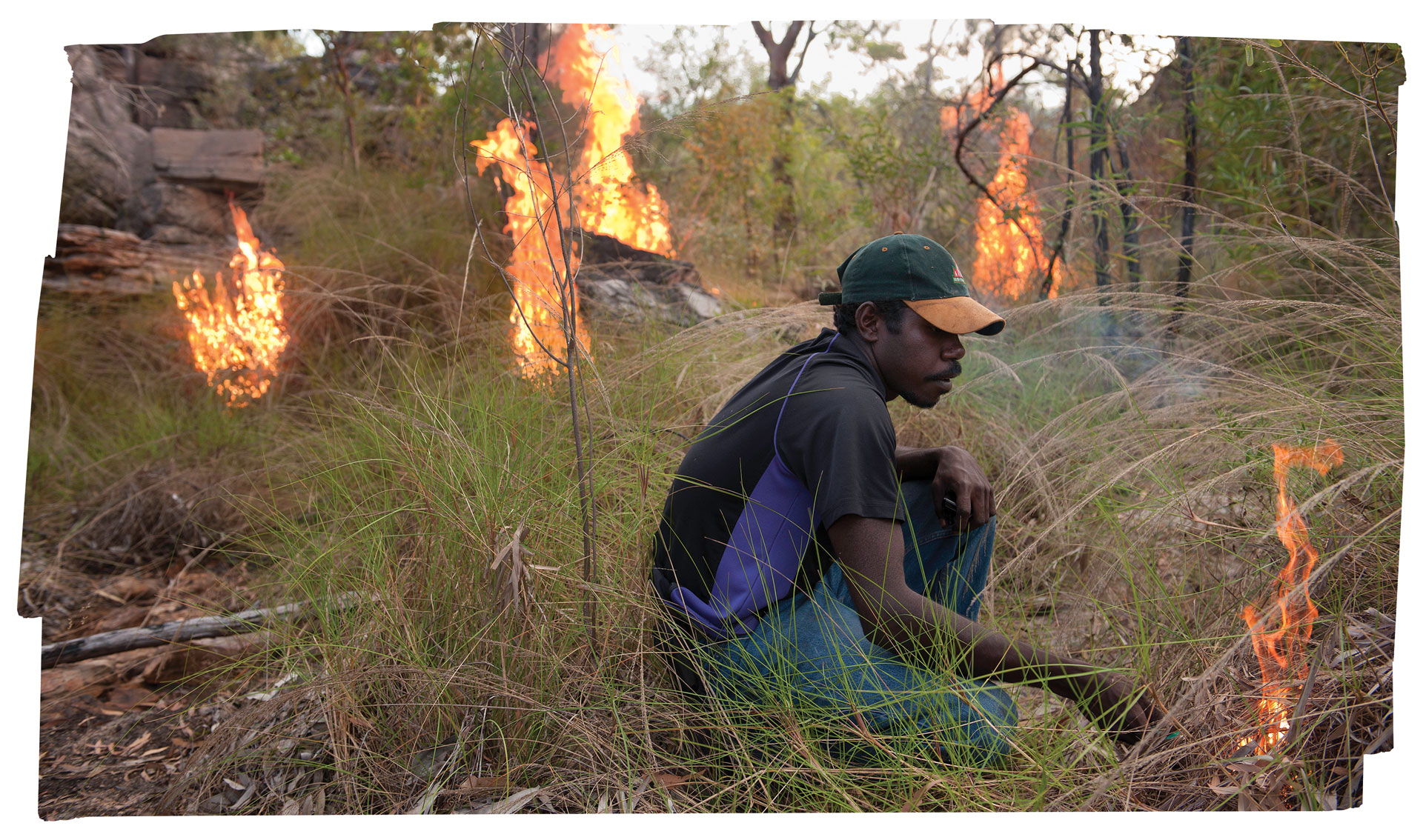Knowledge, Evidence, and Practice
KEY POINTS
- It is essential that partnerships to build livelihood opportunities be directly linked with sustainable natural resource management for community-led conservation to be effective and durable.
- Sustainable livelihoods initiatives focus on business and household income, and often do not cover the full and direct costs of conservation, highlighting the need for such initiatives to be paired with conservation finance.
- In addition to furthering environmental and social goals, sustainable livelihood opportunities must be viable from a business perspective, which requires navigating financial, market, operational, governance, regulatory, and other considerations. Deep understanding of the specific context is critical, including any barriers that might limit feasibility.
- Diversification of livelihood options helps reduce financial shocks associated with any one option failing.
- Although not a steadfast rule, sustainable livelihood opportunities based on existing community activities—for example, identifying markets for fish caught with sustainable approaches or scaling up existing sustainable forestry activities—achieve faster uptake and require less capacity-building than opportunities that require people to learn completely new skills, such as developing ecotourism ventures.
KEY TERMS
Conservation Finance—mechanisms and strategies that generate, manage, and deploy financial resources and align incentives to achieve nature conservation outcomes.98 Conservation finance is aimed at funding the full costs of conservation and maintaining long-term financial sustainability.99
Payments for Ecosystem Services (PES)—payments for ecosystem services (PES) are payments from the beneficiaries or users of an ecosystem service to the caretakers of that service. Ecosystem services can include carbon sequestration and storage, biodiversity, watershed protection, and natural resource beauty. PES includes well-developed mechanisms, such as carbon credits and watershed investments, as well as more exploratory schemes, such as payments for biodiversity.
Sustainable Livelihood Opportunities—refers to the existence of and ability to engage in sustainable livelihood options that allow a person to remain rooted in place. A livelihood is a means of making a living or securing the necessities of life. A livelihood is sustainable when it minimizes harm to the natural resource base, enables people to cope with and recover from financial shocks and stresses, and equitably enhances environmental, social, cultural, and economic well-being now and for future generations.
Types of Sustainable Livelihood Opportunities
Sustainable livelihoods include subsistence ways of living—such as subsistence farming or fishing—as well as opportunities and incentives for people to generate income through environmentally sustainable and culturally appropriate management of their natural resources. The United Nations Declaration on the Rights of Indigenous Peoples states that Indigenous Peoples have the right to self-determination—which includes economic self-determination.3 When people can align their economic needs with their visions for the future and their desires for sustainability, they are better able to champion environmental stewardship. A recent systematic literature review found that economic development activities were the most important project-level enablers for positive environmental and human well-being outcomes, increasing the probability of combined success.16 When co-developed with and driven by local community visions, and thoughtfully designed and implemented, sustainable livelihood approaches offer a powerful opportunity to improve community well-being and the environment.
Generally, sustainable livelihood opportunities can be classified into three categories:
- subsistence livelihoods,
- direct compensation, and
- community enterprises.
Depending on the local context, it might be appropriate to engage in more than one category, or all three (Table 5).
Table 5: Categories and examples of sustainable livelihood opportunities.
| Category | Example Sustainable Livelihood Opportunities |
|---|---|
| Subsistence livelihoods | Creation of goods and services that are utilized by the producer and their family or community, rather than marketed and sold (e.g., sustainable agriculture, fisheries products, medicinal plants, cultural practices). Communities might be interested in improving the sustainability and enabling conditions of subsistence livelihoods. For example, transitioning to more sustainable farming or harvesting practices or creating community-managed marine protected areas as methods to help improve food security |
| Direct compensation where community members receive income for their participation in environmental stewardship | Environmental incentives (e.g., carbon offsets, water funds, and other payments for ecosystem services), direct employment in conservation (e.g., rangers/guardians, environmental monitoring), and benefit-sharing mechanisms (e.g., conservation project community fund) |
| Community enterprises | Creation of goods and services to be marketed and sold, often tied to the sustainable use of natural resources (e.g., cacao, spices, rubber, fish, seaweed, livestock, or ecotourism) |
The three categories above are supported by enabling opportunities that create access to financing and training. Enabling financial opportunities can include microfinance, village savings and loan associations, and other opportunities that allow for job creation, enterprise development, and financial security. Enabling capacity-building opportunities can include entrepreneurship training, business and technical assistance, and the strengthening of community enterprises.
Sustainable livelihood opportunities generate income to meet personal and household needs, which improves people’s financial security and resilience, incentivizes sustainable resource management, and reduces unsustainable development pressures. However, they typically do not generate enough revenue to pay for the direct costs of conservation.99 For example, a community aquaculture venture might provide people with income from seaweed sales, but not pay for the maintenance, monitoring, and restoration of the surrounding reef.
The Success of Sustainable Livelihood Opportunities
See “Tool 10: Guidebook to Sustainable Livelihoods and Community Enterprises” for a guide to strengthen sustainable livelihood opportunities in partnership with Indigenous Peoples and local communities.
See “Tool 11: Preparing Communities to Prosper” chapter—beginning on page 183—of the ”Namati Community Land Protection Facilitators Guide”100 for guidance and activities to prepare communities to negotiate with investors and to take specific steps to actualize their shared community vision.
In many places around the world, Indigenous and local communities face economic stress with high unemployment and few options to generate income. In these circumstances, people who value natural resources may experience an unfortunate reality of tradeoffs between conserving those resources and supporting themselves and their families. Additionally, in some cases, they may have few options but to leave their communities in search of job and/or education opportunities. Outmigration, when it occurs in large numbers, can have the impacts of weakening community social fabric, disrupting connections to place and capacity for collective action, and reducing the number of people stewarding the resource, potentially creating opportunity for exploitation by outsiders and/or extractive industries with competing interests.
Successful co-development of sustainable livelihood opportunities depends on several key factors. For one, opportunities that leverage a community’s existing skills and knowledge tend to have faster uptake than those that require the community to learn entirely new skills. Even opportunities focused on existing skills require high levels of business and financial capacity-building to become viable, often over a period of 8-10 years or more.101 Sustainable livelihood opportunities also require ongoing, reliable access to affordable finance, which is often lacking in the early stages of development.101 Communities must be able to effectively sell their products and services and access markets at fair prices. They must have a viable business model, which requires appropriate governance, operations, financing, and market and regulatory considerations, among others. Direct business support and a deep understanding of the given context are critical.101 The success of sustainable livelihood opportunities also depends on elements of human well-being beyond wealth creation, such as the needs and aspirations of the people involved, cultural values, and the vision they have for the future of their communities.102-103 It is important to first understand how individuals and communities value natural resources and how economic stresses influence their ability to act on their values.
Perhaps most important, sustainable livelihood opportunities—across all the above categories—need to be closely linked to sustainable management of the natural resources themselves. One aquaculture company in Kenya employed members of the local fishing community, trained them for future leadership opportunities, and paid the community above local market wages along with lease payments for use of their land. Establishing a protected breeding area there led to the rediscovery of species formally believed to be extinct.101 In another example, a farmer-owned company in India helped farmers reach markets at 20-30 percent higher prices, implement sustainable harvesting practices, and provided training on health, Indigenous rights, and other knowledge.101 On the other hand, examples where sustainable livelihood opportunities are not closely linked to sustainable management of natural resources have resulted in supplementary sources of income with (unsustainable) exploitation of the resource continuing at similar levels.102,104 This was demonstrated in one study where fishers were provided new boats without increased enforcement of fisheries regulations, which led to increased harvest of near-shore fish.105 In another example, communities participating in an alternative livelihoods program without a strong sustainable land use planning component used their increased income to expand livestock holdings, which ultimately further degraded the habitat the program aimed to protect.106
Each of the above considerations highlights the importance of community-led, community-driven sustainable livelihood opportunities that account for these nuances and include a mixed portfolio of options, diversifying the risk of any one venture failing. However, it is important to note that there are upfront costs associated with diversification that may put low-income groups at a comparative disadvantage for participation in such initiatives. Dialogue with individuals and groups at multiple levels can help create understanding about the evolving nature of opportunities and threats from different perspectives; good dialogue allows management approaches to be adapted accordingly.102,107








